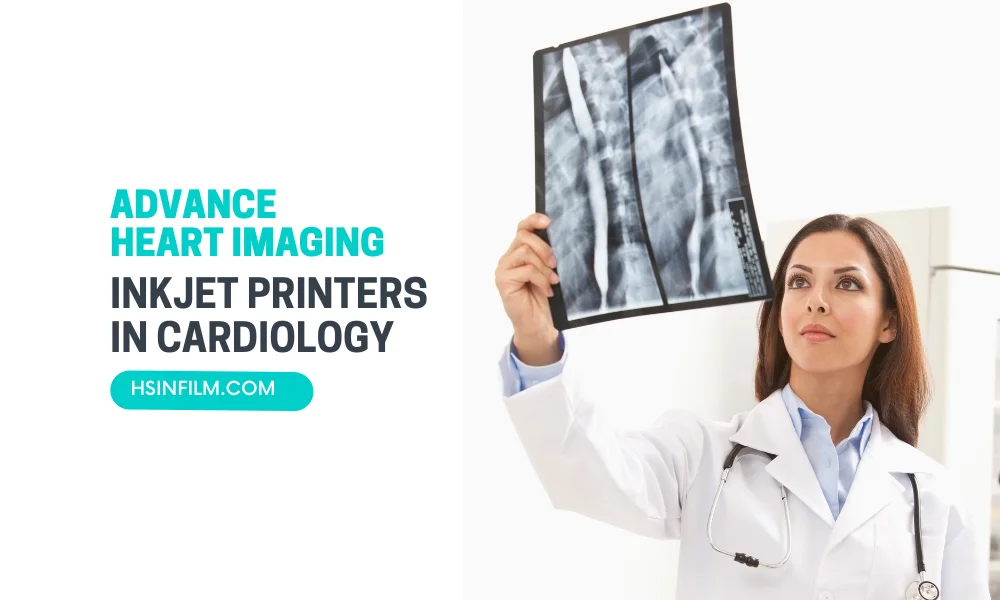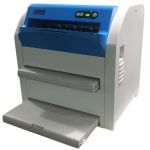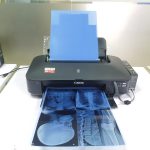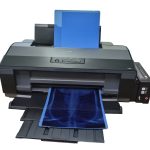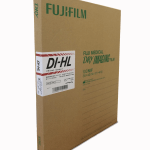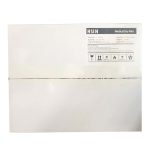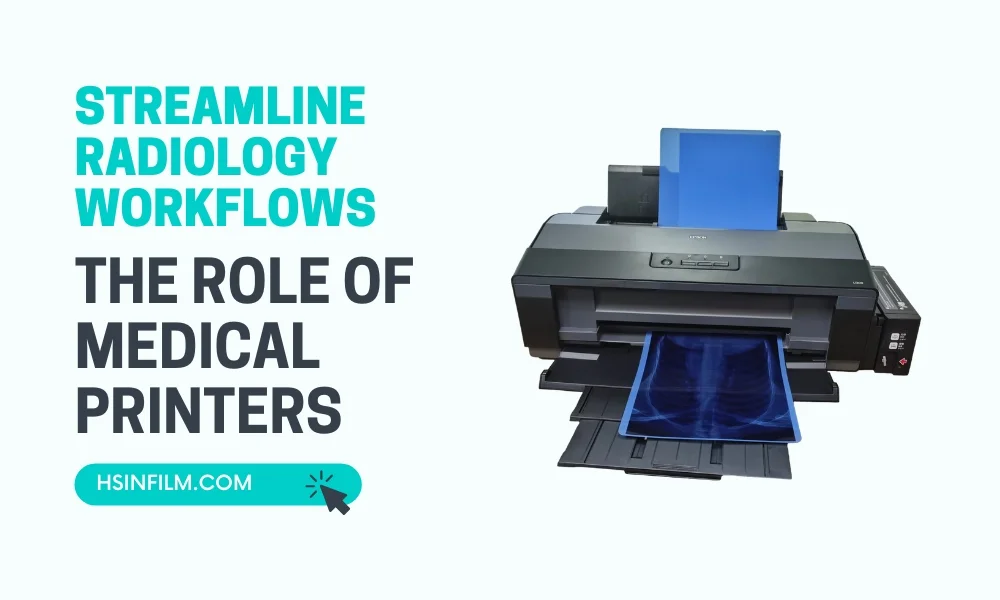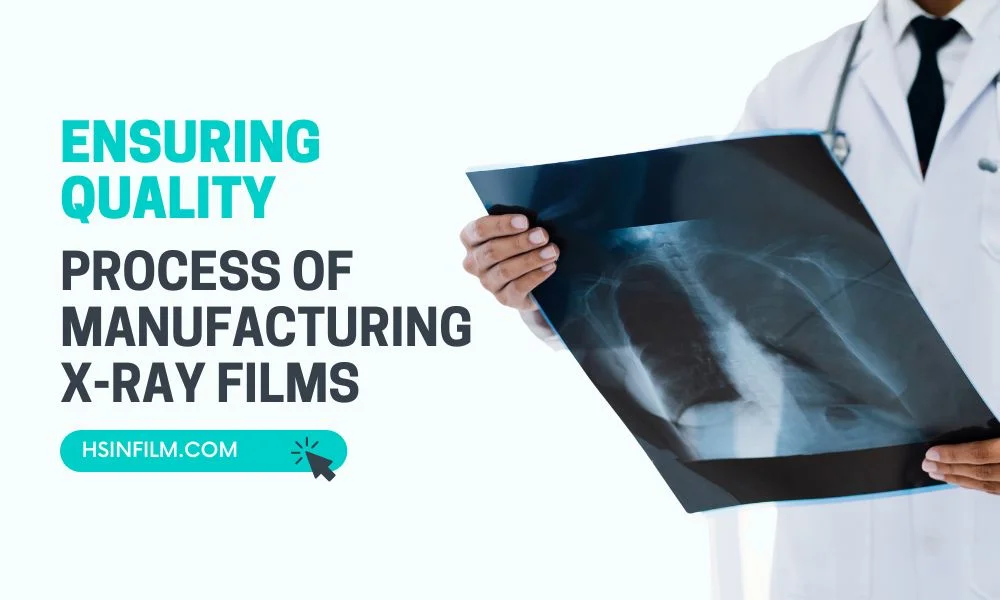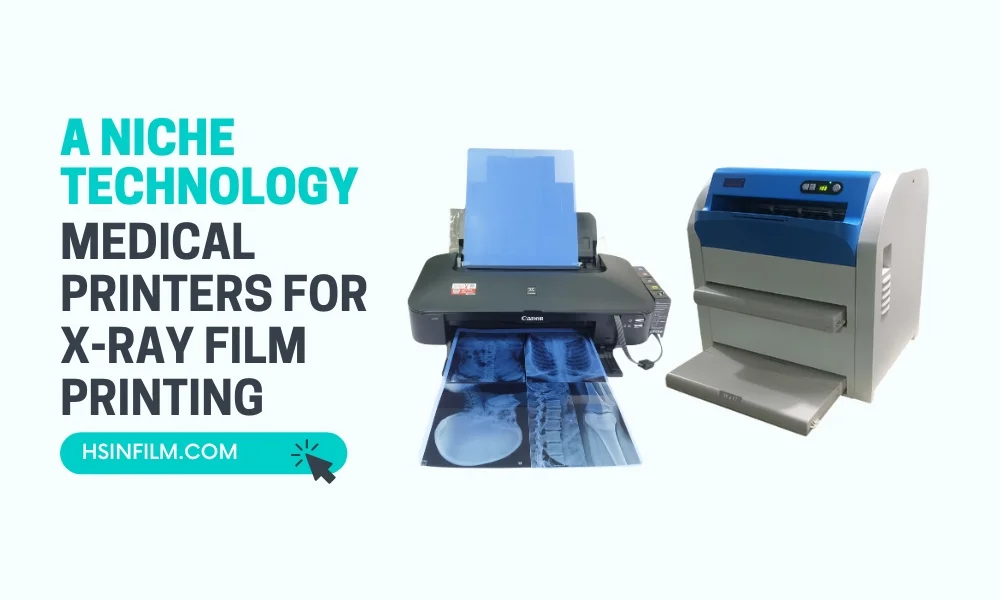When it comes to cardiology, the heart of the matter is clear and precise imaging. From echocardiography to angiography, the role of inkjet printers in cardiology is not just technical; it’s about advancing heart health and improving patient outcomes.
Table of Contents: Inkjet Printers in Cardiology
The Importance of Imaging in Cardiology
How do we see what’s happening inside the heart? Cardiology relies on imaging for a deeper understanding of heart conditions. Whether it’s assessing structural issues, monitoring blood flow, or planning interventions, crystal-clear images are non-negotiable.

Also read: Inkjet Printers in Radiology
Echocardiography and Its Role
Echocardiography, the art of sound and echoes in cardiology, involves capturing real-time images of the heart. With inkjet printers, these images come to life in vivid detail, aiding in the diagnosis of a wide range of heart conditions.
- High-Stakes Imaging: Imagine an orchestra conductor scrutinizing the movements of every musician. Echocardiography allows cardiologists to closely monitor each aspect of the heart’s performance. Inkjet printers ensure that every nuance is faithfully reproduced.
- Improving Patient Care: Detailed echocardiographic images lead to precise diagnoses and treatment plans. Patients receive tailored care, and inkjet technology plays a vital role in this process.
Angiography and Its Role
Angiography, akin to creating a treasure map of blood vessels, is crucial in cardiology. Whether it’s evaluating coronary arteries or diagnosing vascular diseases, angiography provides essential guidance.
- Beyond the Surface: The heart’s intricate network of blood vessels requires thorough exploration. Inkjet printers take angiographic images to the next level, ensuring that cardiologists can navigate the heart’s terrain with confidence.
- Saving Lives: In the world of cardiology, time is often of the essence. Quick, high-quality angiographic prints mean faster decisions, potentially saving lives in critical situations.
Advancements in Inkjet Technology
High-resolution printing, color accuracy, and compatibility with medical imaging standards like DICOM are the pillars of inkjet technology in cardiology.
- Seeing the Unseen: High resolution means not missing the tiniest details. It’s like going from watching a movie in standard definition to experiencing it in 4K.
- True-to-Life Colors: When diagnosing heart conditions, color matters. Inkjet printers maintain the precision of color representation, ensuring that medical images are as accurate as they are visually stunning.
- Seamless Integration: Compatibility with DICOM standards guarantees that inkjet-printed images are reliable and conform to medical guidelines. It’s like speaking the heart’s own language, ensuring perfect understanding.
Benefits of Using Inkjet Printers in Cardiology
The advantages of using inkjet printers in cardiology are profound.
- Enhanced Image Clarity: Cardiology hinges on minute details. Inkjet printers ensure that these details are vividly presented, leading to more accurate diagnoses and treatment planning.
- Rapid Results: In cardiology, time is often a critical factor. Inkjet printers provide quick access to essential images, reducing delays in patient care.
- Cost-Efficiency: Say goodbye to the expenses of film and chemicals. Inkjet printers not only save costs but also contribute to environmental sustainability, promoting eco-friendly practices.
- Enhanced Workflow: Transitioning to electronic image sharing is simplified with inkjet-printed images, making it convenient for consultations and fostering telemedicine.
Regulatory Compliance and Data Security
Compliance with regulations like HIPAA is essential in cardiology.
- Safeguarding Patient Information: Inkjet printers offer secure printing, user authentication, and encryption, ensuring that patient data remains confidential.
- Adhering to Standards: Compliance with medical regulations is crucial. Inkjet printers help cardiology departments maintain quality assurance and adhere to standards like HIPAA.
Choosing the Right Inkjet Printer for Cardiology
Selecting the right inkjet printer is a pivotal decision for any cardiology department.
- Resolution Matters: In cardiology, high resolution is crucial. Choose a printer that can capture even the most delicate details.
- Color Fidelity: Ensure that the printer maintains accurate color representation, which is vital for cardiovascular imaging.
- DICOM Compatibility: Look for printers that seamlessly integrate with medical imaging standards, such as DICOM.
Upgrade Your Cardiology Department with HSIN Film’s Medical Inkjet Printers
When it comes to inkjet printers in cardiology, HSIN Film stands out as a trusted provider.
- Reliable Printing: HSIN Film’s inkjet printers are known for their reliability, ensuring that you can consistently produce high-quality images for precise diagnoses.
- High Resolution: These printers offer the high resolution needed in cardiology to capture fine details that might be missed with lower-quality printing solutions.
- Color Fidelity: HSIN Film’s inkjet printers excel in maintaining color accuracy, crucial for accurate cardiovascular imaging.
Conclusion
Inkjet printers are not just machines; they are the silent heroes in the realm of cardiology, contributing to the clarity, precision, and reliability of imaging. As the heartbeat of modern healthcare, these printers play an indispensable role in advancing heart health and improving patient care.
Explore Our Inkjet Printers
Explore the possibilities of inkjet printers in cardiology, and consider upgrading your cardiology department with HSIN Film’s Medical Inkjet Printers. Your patients’ hearts deserve nothing but the best.
Experience the future of cardiology imaging with HSIN Film’s Medical Inkjet Printers.
